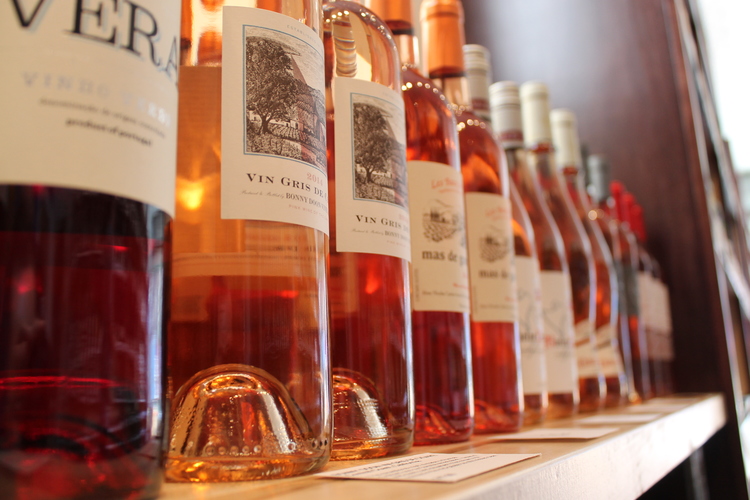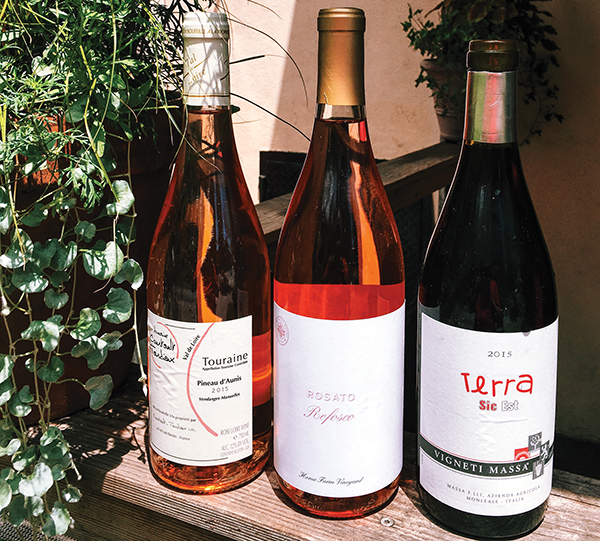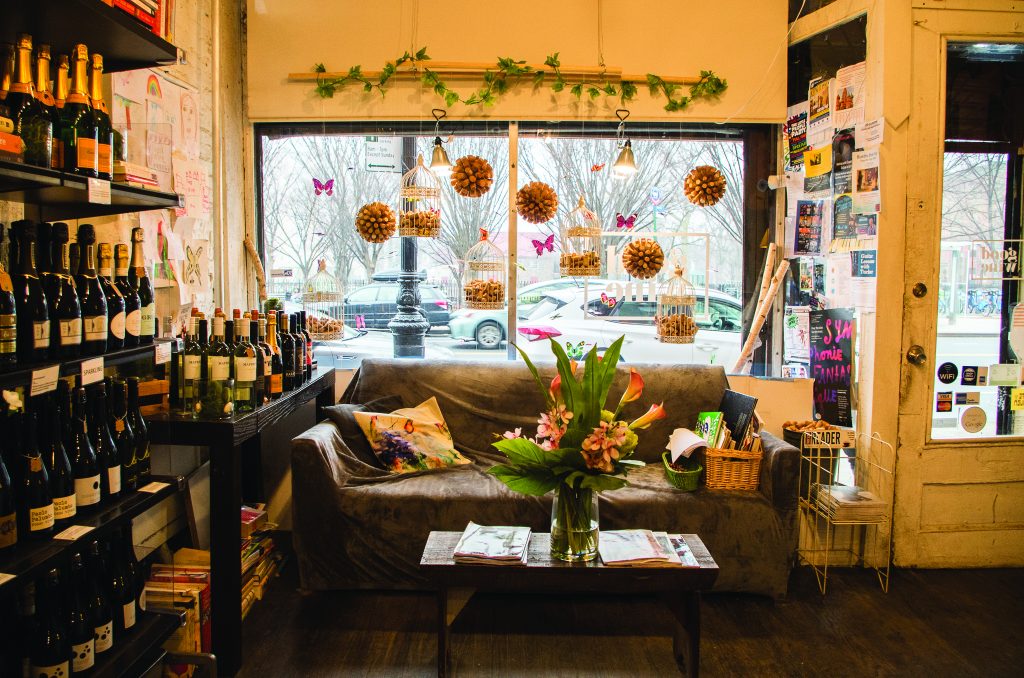
A FEW OF THE BEST WINE SHOPS IN PARK SLOPE
Wine is new to me. However, coming from a specialty coffee background, I’ve naturally found myself drawn to the art of craft beverages, the art of curating and taste development. That being said, the world of craft beverages can be just as daunting as the culinary world. With so many flavor palettes, styles, and regions to choose from, any novice or expert can understand the importance of personalization when it comes to picking just the right vino to sip on – whether you’re looking to pair a bottle with food or want to try something new. Park Slope’s independently driven small business scene proves to be perfect for either party. With a small but mighty set of personally curated wines, the neighborhood’s friendly and knowledgeable business owners will easily help you pick out your next favorite bottle – and the one after that.
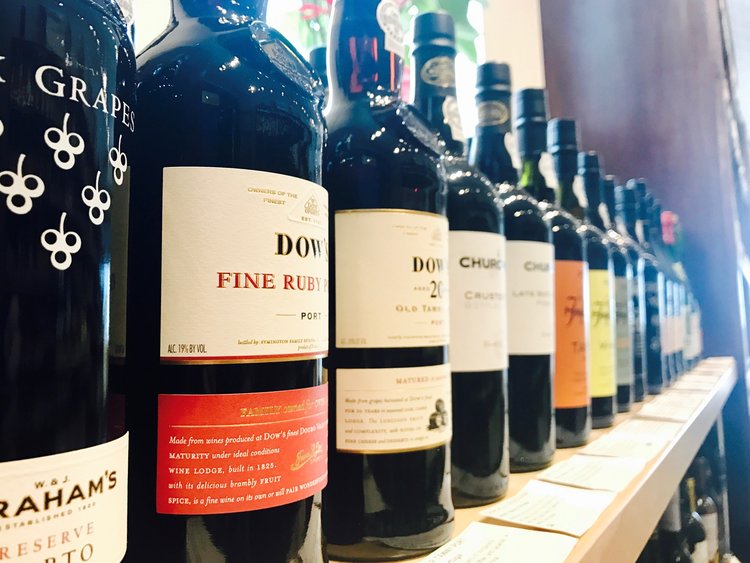
Big Nose, Full Body
Situated right nearby the park on 7th Avenue, Big Nose, Full Body is an intimate wine shop that’s constantly bringing in new vines AND discounting you as an incentive to try them out. The gang regularly holds tastings every Saturday afternoon, plus additional ones as announced. The sun-filled space has a massive variety of both regions and price ranges to choose from, and the “staff picks” list is definitely worth taking a peek at for recommendations. If you’re on the go, chilled wines are at the ready.
Good Wine
Tastefully put (pun intended), 5th Avenue’s Good Wine is known as a “food lover’s wine shop.” A friendly staff of strong female entrepreneurs run this shop, a space that they took over nearly three years ago from its previous ownership. Not only do the ladies offer regular tastings of their selections (every weekday at 5:30pm and weekends at 4:00pm) they also have food pairing and education classes for the public. Finishing touches include homey seasonal décor and cookbooks resting above the shelves of wine selections, a mix of the owners’ own selections and neighborhood contributions. Deliveries within Park Slope require a two-bottle minimum – not too hard, right?
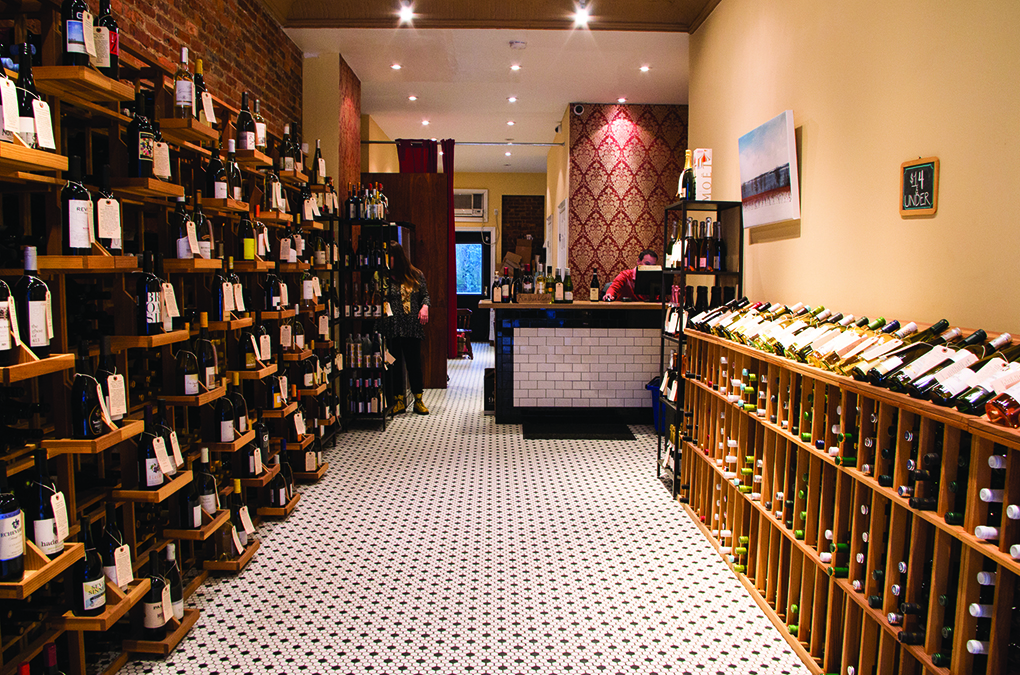
ACME Wine
ACME’s former origins as a 1930s deli are subtly hinted throughout the store; checkerboard floors, window signage for butter and cheese posted at the entrance. This cozy shop offers a large array of affordable wines from small producers around the world, and incorporates an entire wall of bottles under $14. The team also offers an extensive array of spirits that are Brooklyn and New York local, from gin to rum and whiskey, plus sake and cider for when you’re looking for sweeter buzzes. Join the email list to take advantage of tastings, plus the no-minimum wine deliveries till closing.
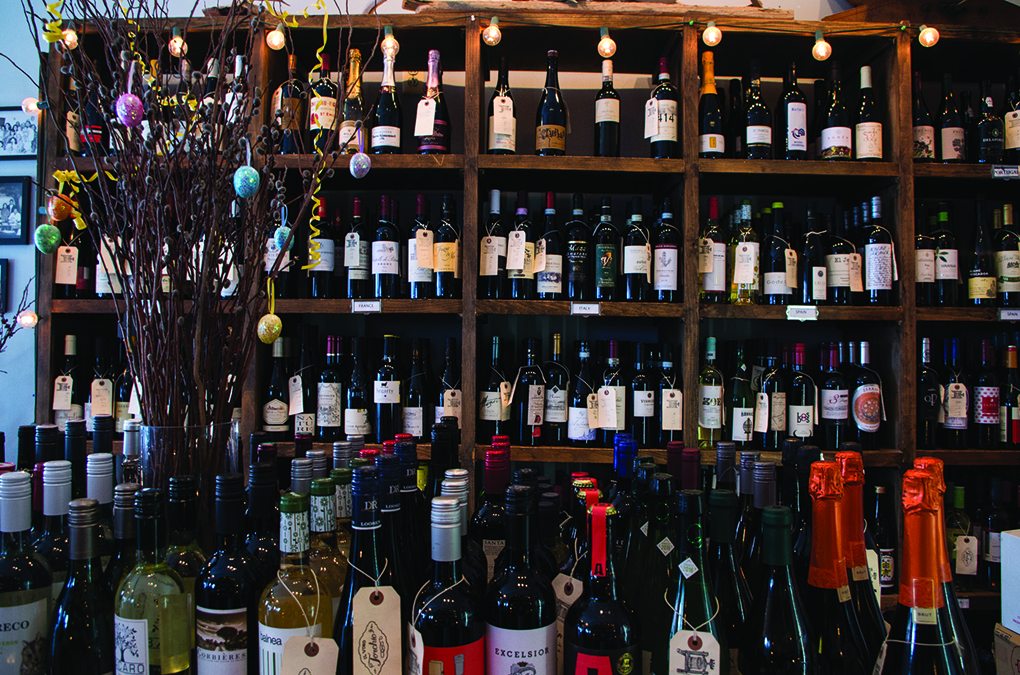
il Vino Torchio
Il Vino Torchio translates to “the wine press” in Italian, and ironically enough doubles as the namesake for this small but mighty wine nook on 4th Avenue. Argentinian-born owner Marcelo Torchio spent years strolling through grape vines back home before opening this spot in Park Slope in 2011. Hand-picked with his clientele in mind, Marcelo brings a mix of both old world and new world wines and offers tastings every Friday evening to showcase select vinos. He also curates a small but mighty selection of New York-made spirits.
